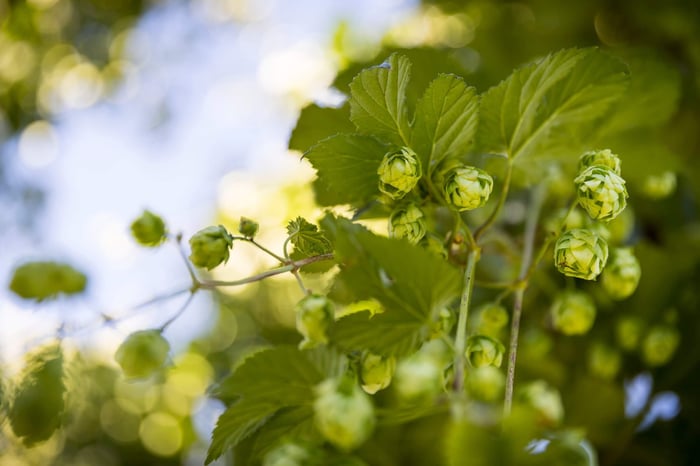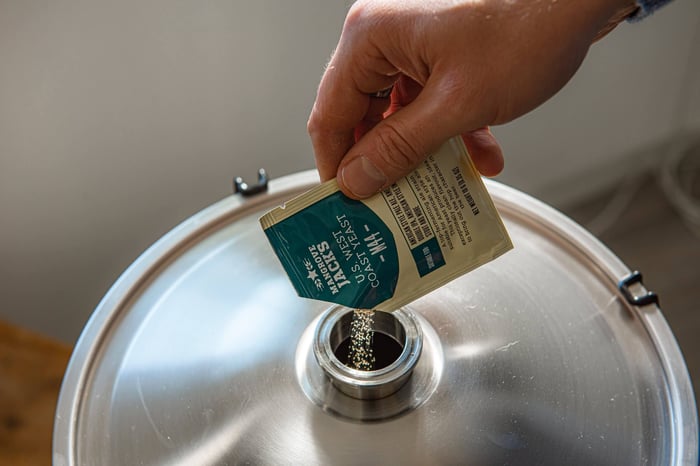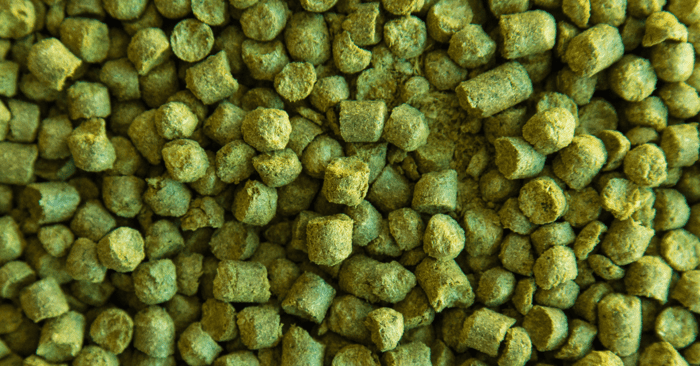Ever wondered if you could shave some time off your brew day by ditching the sparge? You're not alone. The "no sparge" method has been gaining serious traction among all-grain brewers across America, and for good reason – who doesn't want to wrap up brewing sooner and get to the best part (drinking the results)?
But here's the thing: brewing shortcuts often come with trade-offs. We decided to put this method to the test because, let's face it, we're just as curious as you are about whether convenience beats tradition.
The Great Sparge Debate: Two Approaches, One Question
The no sparge method is beautifully simple. Instead of adding your brewing water in two stages – mash water first, then sparging with additional hot water – you dump it all in during the mash. Think of it like making coffee: instead of slowly pouring water over the grounds, you're doing a full immersion brew.
The appeal is obvious:
- Shorter brew days (hello, Sunday afternoon football!)
- One less vessel to heat and manage
- Fewer steps means fewer chances for mistakes
But there's a catch (isn't there always?):
- Higher liquor-to-grain ratios can mess with your mash temperature control
- Lower extraction efficiency means less bang for your grain buck
- Your beer's body and flavor profile might take a hit
Testing the Waters: A Side-by-Side Experiment
We brewed the same recipe twice – identical in every way except the sparging method. Then came the fun part: blind tasting with a panel of brewers who didn't know which was which.
The Recipe (Keep It Simple, Keep It Good)
Stats:
- OG: 1.046
- FG: 1.012
- ABV: 4.6%
- IBU: 36.15
Grain Bill:
- 9.5 lbs Marris Otter (95.6%)
- 0.44 lbs Crystal (4.4%)
Hop Schedule:
- 0.35 oz Nelson Sauvin at 60 minutes (14.96 IBU)
- 4.6 oz Nelson Sauvin at Whirlpool (21.20 IBU)
Yeast: Mangrove Jack's M44 – US West Coast
Water Math Made Easy
For the Sparge Version: We calculated 4.14 gallons for the mash (grain weight × 2.7 + safety margin), then needed 2.47 gallons of sparge water to hit our 4.75-gallon boil volume.
For the No Sparge Version: Simple addition: 4.14 + 2.47 = 6.61 gallons total in the mash.
Brew Day Reality Check
Both brews went smoothly – sometimes the stars align and everything just works. The mash-in hit target temperatures perfectly (thanks to hot tap water running at 131°F), and recirculation gave us crystal-clear wort in both systems.
The no sparge beer was ready to boil after draining, while the sparged version needed that extra fly sparge step. Both hit 4.75 gallons pre-boil, exactly as planned.
End-of-boil gravities told the story:
- Sparged: 1.060 (63.4% efficiency)
- No sparge: 1.045 (47.52% efficiency)
That's a significant 16% efficiency gap – basically leaving sugar on the table.
The Taste Test Truth
Nine out of ten tasters preferred the sparged beer. Eight correctly identified the different beer in our triangle test. The feedback was consistent: the no sparge version felt thinner, had a metallic edge, and didn't showcase the Nelson Sauvin's tropical fruit character as well.
Bottom Line for American Brewers
Look, both beers were drinkable. If you're pressed for time and brewing a session beer for the backyard barbecue, no sparge might work. But if you're chasing that perfect pint – the kind that makes your homebrew club buddies ask for the recipe – sparging is worth the extra effort.
Check out our latest Grainfather systems perfect for efficient sparging
The efficiency hit alone should make most brewers think twice. In a hobby where we obsess over every detail, why leave 16% of your potential on the table?
Grainfather Team










